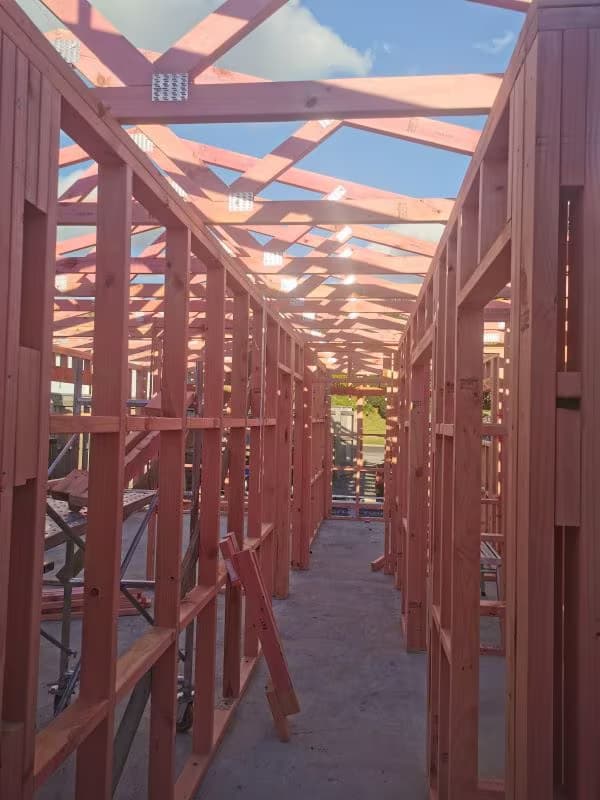
How hard is the housing market around the regions?
Drawing inspiration from Emma Vitz’s maps showing how much income is needed for housing costs around New Zealand’s regions, we thought we’d compare costs with household incomes across cities and districts. Emma produced this article for the Spinoff, which was in turn based on a US article.
What is affordable?
Consistent with Emma Vitz’s charts, we have used the widely referenced assumption that housing costs should not exceed 30% of household incomes in order to be affordable. Also following her assumptions, we have assumed a 4% interest rate, 20% deposit and $5,000 first home grant (in addition to the 20% deposit). This assessment makes no consideration of the hurdle of raising a 20% deposit (clearly no mean feat) or the potential impact of Debt to Income (DTI) ratio restrictions.
We have used mean house values from CoreLogic, geometric mean rents from the Ministry of Business, Innovation and Employment (MBIE), and our own estimate of mean household incomes, all for June 2021 quarter.
Household incomes are important
We use household incomes rather than individual incomes as household incomes more accurately reflect a households’ ability to afford housing – including incomes from all sources and all household members. But we should note that incomes aren’t independent from house prices – household sizes can grow in response to housing cost pressures, and having more earners under one roof leads to higher household incomes. Nationally, growth in household incomes significantly outpaced growth in earnings over 2017 to 2019, a period associated with strong growth in housing costs.
This can manifest as adult offspring staying with parents while they save for a house deposit, first home buyers taking in flatmates, or multiple families sharing the same house. Some households may have affordable housing by the 30% definition, but this may have required compromises such as overcrowding in order to afford the rent – technically affordable, but not desirable.
Averages are average
Averages are an incredibly useful tool for comparing across areas and over time. But it is important to remember that they represent a spectrum of households and houses, and will never tell the full story on their own. Households reliant on a benefit or minimum wage earnings will struggle more to afford rent or house purchase than the average figure suggests.
How much do you need to afford average rent?
Starting with the (relatively) good news, Chart 1 shows that the income required to afford average rent isn’t particularly excessive, with incomes over $80,000 are only necessary to rent in the larger urban areas – Auckland, Tauranga, Hawke’s Bay, Wellington and Queenstown-Lakes. Unfortunately, this includes the majority of New Zealand’s population. Incomes under $70,000 are sufficient to afford mean rents in 32 of New Zealand’s 66 territorial authorities.
How much do you need to buy?
As expected, the income required to affordably buy a house is an uglier picture. We’ve kept the colour scales the same across Chart 1 and Chart 2 - the orange areas in Chart 2 highlight areas where household incomes of more than $80,000 are needed to afford an average house. This takes in broad swathes of the country, not just large urban areas.
Queenstown ($212,641), Auckland ($201,103) and Wellington City ($178,471) round out the top three most expensive areas, unsurprisingly. However, number 4 is Thames-Coromandel ($166,329) – this illustrates how high prices for holiday houses, funded by out-of-town incomes, can greatly skew the market for locals.
Are average incomes enough?
Infometrics estimates that average household incomes across New Zealand were $114,512 in the year to June 2021, comfortably ahead of the $84,420 needed to afford mean rents. Across all 66 territorial authority areas, average household incomes comfortably exceed the income needed to afford mean rents.
The comparison between average household incomes and income to purchase an average house is more varied. Across provincial areas, household incomes tend to comfortably exceed the income required to afford a house purchase. In metro areas, household incomes fall well short. The greatest disparities can be seen in Auckland and Queenstown-Lakes. Auckland’s average household income is $141,821, but $201,103 is needed to afford an average house. Queenstown-Lake’s average income is $138,173, but $212,641 is needed to afford an average house.
The big picture
New Zealand’s housing affordability crisis is widely acknowledged. To some extent, many would accept a degree of higher prices and worse affordability in our main centres which are home to higher paying jobs. However, these maps and graph highlight just how bad the affordability crisis has become, with house prices in smaller metropolitan and provincial areas accelerating out of reach of the sometimes-modest incomes available in these areas. We simply need to build more houses, across all corners of the country, to swing the balance. It will be a long road.

































